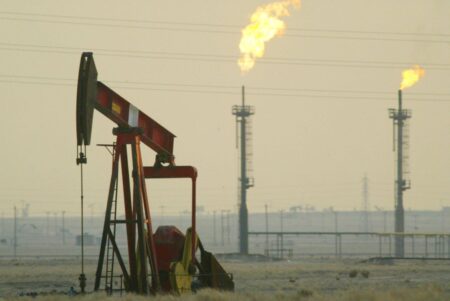Expectations are low for the second-quarter earnings season will be challenging with the economic growth slowing on a year-over-year basis and the impacts of elevated inflation still being felt. Earnings are slated to decline by -6.8% year-over-year, and topline sales are expected to experience an irregular contraction of -0.4%. If analysts are to be believed, this quarter should mark the low in earnings contraction, with consensus estimates indicating that year-over-year earnings growth will resume for the third quarter. The ability of companies to pass on higher prices to protect profit margins will remain a critical variable. While the risk of a recession in the next few months has receded, the situation remains unsettled, with the Federal Reserve expected to restart short-term interest rate increases in July. Given the unclear economic outlook and the current expectations of earnings growth resuming next quarter, forward guidance will be crucial.
Twelve S&P 500 companies are scheduled to report earnings in the coming week, but the primary focus will be the kickoff of bank earnings on Friday. There are a handful of other companies like Delta Air Lines
DAL
BLK
PEP
JPM
C
WFC
According to FactSet, the consensus year-over-year earnings estimates for financials are an increase of 5.3%. While the worst of the banking crisis has passed, the cost of deposits and losses from commercial real estate loans will be monitored closely. The pace of loan growth has been slowing, which could weigh on future earnings expectations. While net charge-offs from loan losses should remain very low this quarter, the banks will likely increase reserves this year to prepare for future losses. For more about the U.S. banking system, including the valuation of the stocks, a recent update is here.
The consumer discretionary sector is expected to post the highest year-over-year growth rate at 26.1%. This increase is primarily due to Amazon
AMZN
The year-over-year prices of oil and natural gas are sharply lower, resulting in the expected decline in year-over-year revenues for the energy industry. With the sharp contraction in sales, energy companies are expected to have the most considerable year-over-year decline in earnings this quarter. While the reduction in energy costs hurts the revenues of the energy sector, the over 30% year-over-year decrease in the average oil price for the quarter positively impacts the costs for many non-energy companies. Labor costs will be a headwind for companies, with average hourly earnings rising at a 4.4% year-over-year rate in June.
Despite the forecasted plunge in profits for the quarter, some investors remain positive on the sector as regulatory filings showed that Berkshire Hathaway
BRK.B
OXY
Sales growth is typically closely tied to nominal GDP growth, combining after-inflation economic growth (real GDP) with inflation. While nominal GDP growth will likely continue the decelerating year-over-year trend for the second quarter, the consensus estimate of -0.4% year-over-year sales contraction for the S&P 500 looks beatable.
Unfortunately, most of the expected nominal GDP growth is inflation rather than actual growth. Inflation has been trending lower since mid-2022 but remains above the 2% target level. Inflation pressures companies to raise prices or risk lower profit margins as their costs rise.
A simple model looking at the differential in price growth for producer’s inputs (PPI) versus the price increases hitting consumers indicates some relief on profit margins could be on the way. While the model shows that the situation should improve, feeding through the system will take some time. The sluggish topline growth combined with the limited ability to increase prices into waning demand is expected to result in a mid-single-digit decline in earnings growth year-over-year.
The U.S. dollar is finally providing some relief, as the relentless strength of the currency had been negatively impacting earnings for companies doing business overseas. With approximately 40% of the sales of S&P 500 companies coming from international sources, this removal of a significant negative drag is likely to boost companies selling products internationally.
The low expectations of earnings declining -6.8% year-over-year seem likely to be exceeded, but more attention should be paid to management’s future earnings guidance. With consensus expecting this reporting period to be the trough, there is a risk if companies indicate that additional earnings forecast cuts are needed. There are positive signs that the resilient labor market, improving inflation, and the stabilized banking system make a recession in the next few months less likely. Still, the specter of recession remains, given the strong signal from the inverted yield curve. Lastly, given the hype around the technology and robust stock returns, earnings growth from artificial intelligence (AI) applications will be closely scrutinized.
Read the full article here













